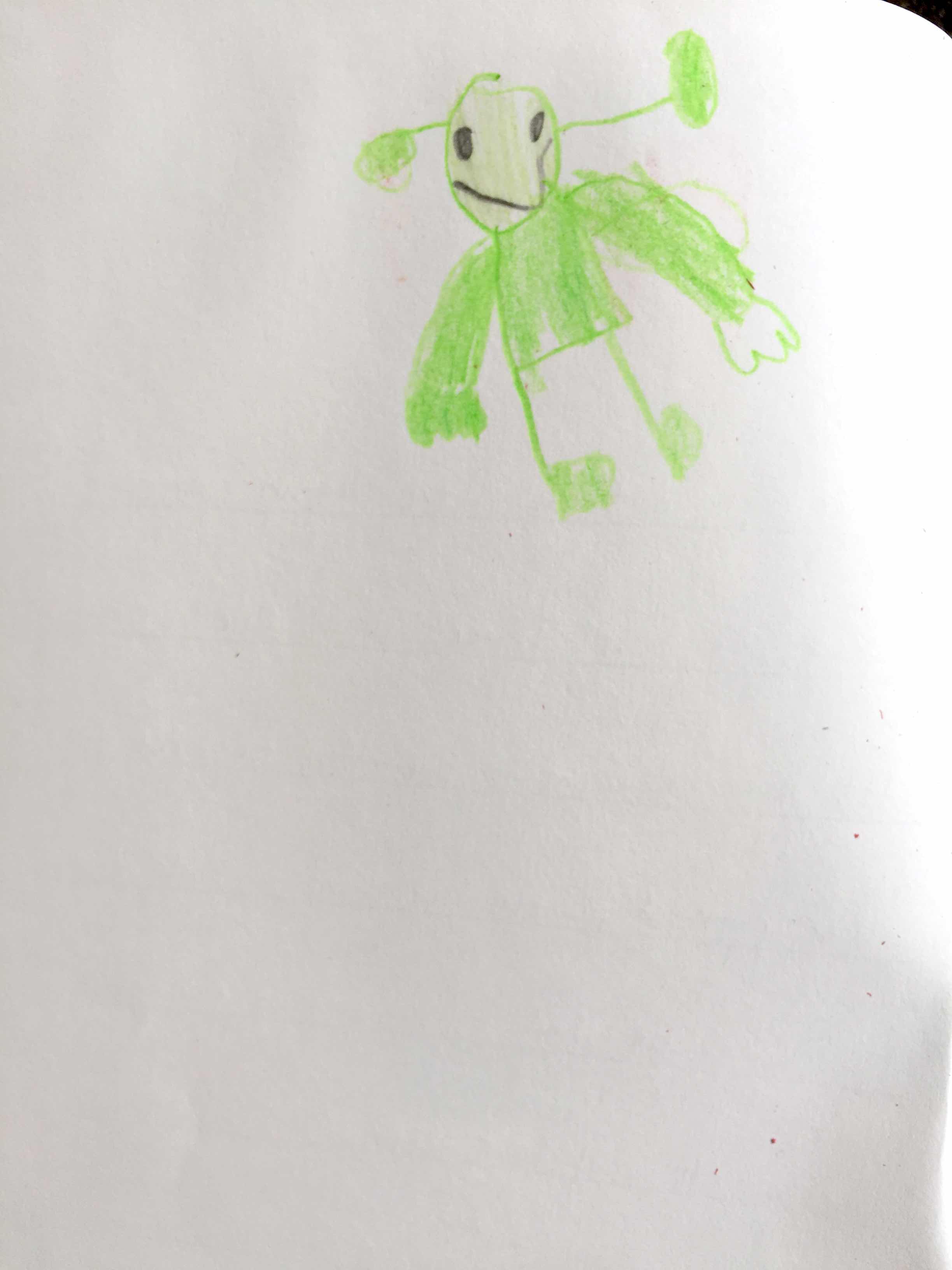


I met Fernández-Arias last autumn at a closed-session scientific meeting at the National Geographic Society’s headquarters in Washington, D.C. Since witnessing those fleeting minutes of the clone’s life, Fernández-Arias, now the head of the government of Aragon’s Hunting, Fishing and Wetlands department, has been waiting for the moment when science would finally catch up, and humans might gain the ability to bring back an animal they had driven extinct. Celia’s clone is the closest that anyone has gotten to true de-extinction. For most of that time the science of de-extinction has lagged far behind the fantasy. The notion of bringing vanished species back to life-some call it de-extinction-has hovered at the boundary between reality and science fiction for more than two decades, ever since novelist Michael Crichton unleashed the dinosaurs of Jurassic Park on the world. Fernández-Arias belongs to a small but passionate group of researchers who believe that cloning can help reverse that trend. And with many more species now endangered, the bucardo will have much more company in the years to come. The dodo and the great auk, the thylacine and the Chinese river dolphin, the passenger pigeon and the imperial woodpecker-the bucardo is only one in the long list of animals humans have driven extinct, sometimes deliberately. There was nothing anyone could have done. A necropsy later revealed that one of her lungs had grown a gigantic extra lobe as solid as a piece of liver. Despite the efforts to help her breathe, after a mere ten minutes Celia’s clone died. As Fernández-Arias held the newborn bucardo in his arms, he could see that she was struggling to take in air, her tongue jutting grotesquely out of her mouth. Folch and his colleagues performed a cesarean section and delivered the 4.5-pound clone. But one mother-a hybrid between a Spanish ibex and a goat-carried a clone of Celia to term. And of those seven pregnancies, six ended in miscarriages. After 57 implantations, only seven animals had become pregnant. Over the next few years a team of reproductive physiologists led by José Folch injected nuclei from those cells into goat eggs emptied of their own DNA, then implanted the eggs in surrogate mothers.

With her death, the bucardo became officially extinct.īut Celia’s cells lived on, preserved in labs in Zaragoza and Madrid. They found her crushed beneath a fallen tree. Nine months later the radio collar let out a long, steady beep: the signal that Celia had died. A team from the Ordesa and Monte Perdido National Park, led by wildlife veterinarian Alberto Fernández-Arias, caught the animal in a trap, clipped a radio collar around her neck, and released her back into the wild. Ten years later a single bucardo remained: a female nicknamed Celia. In 1989 Spanish scientists did a survey and concluded that there were only a dozen or so individuals left. Hunters drove down the bucardo population over several centuries. For thousands of years it lived high in the Pyrenees, the mountain range that divides France from Spain, where it clambered along cliffs, nibbling on leaves and stems and enduring harsh winters. The bucardo (Capra pyrenaica pyrenaica) was a large, handsome creature, reaching up to 220 pounds and sporting long, gently curved horns. The animal they revived was a kind of wild goat known as a bucardo,or Pyrenean ibex. They brought an animal back from extinction, if only to watch it become extinct again. On July 30, 2003, a team of Spanish and French scientists reversed time. This story appears in the April 2013 issue of National Geographic magazine.


 0 kommentar(er)
0 kommentar(er)
